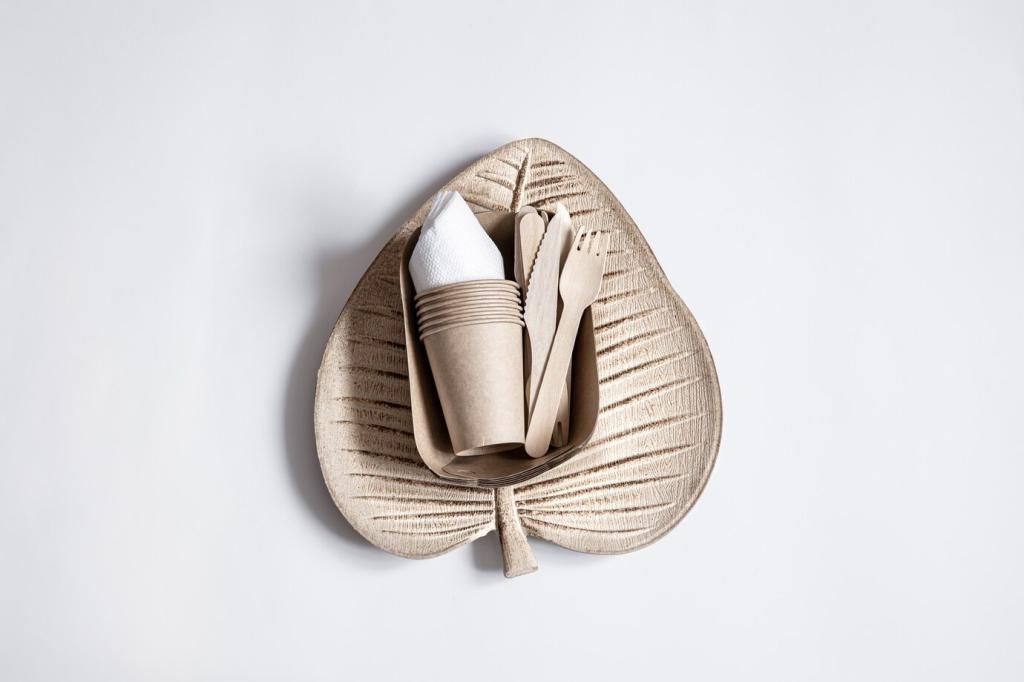What Makes Paint and Finish Eco-Friendly
Eco-friendly paints minimize solvents and rely on waterborne binders, plant oils, and mineral pigments. Look for low or zero VOC claims, ammonia-free formulas, and plastic-free packaging. Share your favorite brands below so our community can compare notes and test coverage honestly together.
What Makes Paint and Finish Eco-Friendly
Third-party labels decode green claims. Seek Green Seal GS-11, GREENGUARD Gold, or EU Ecolabel for verified low emissions and responsible formulas. Declare labels and Environmental Product Declarations reveal ingredients and lifecycle impacts. Ask retailers for documentation, and leave a comment if you find confusing or contradictory labels.






